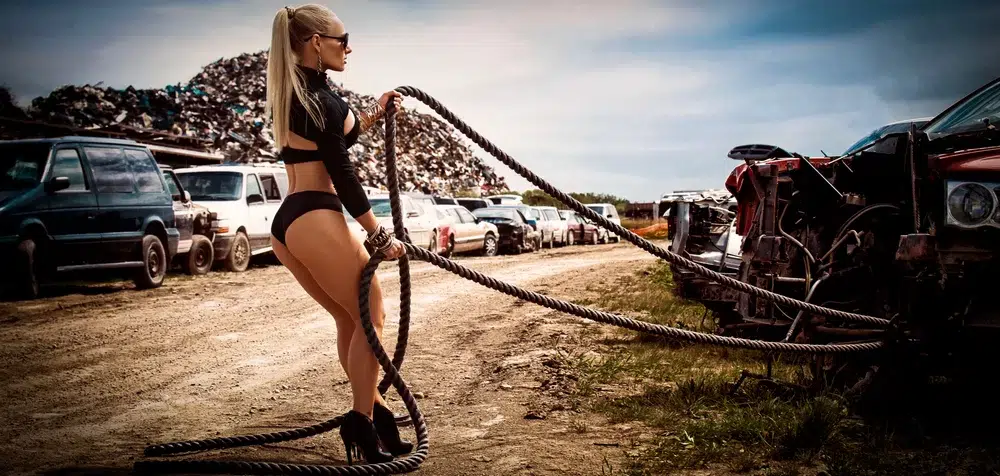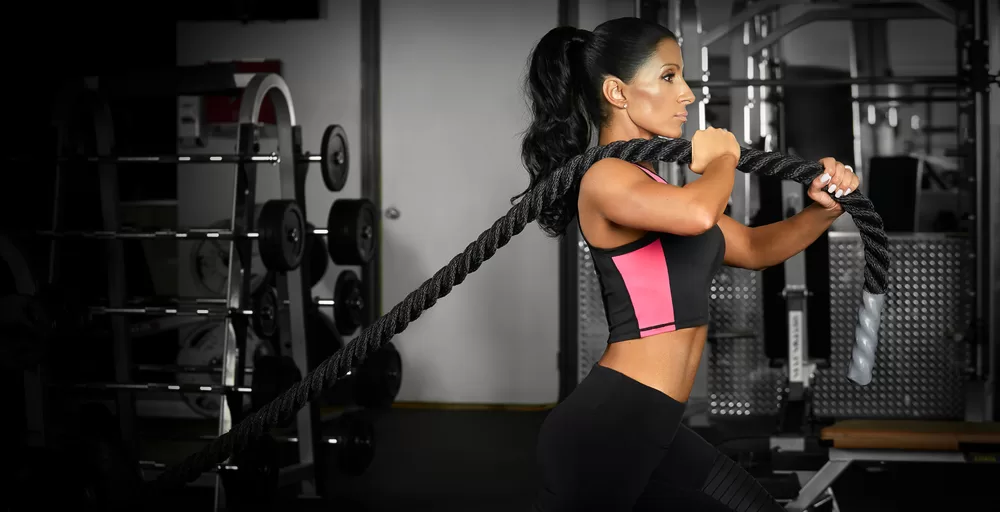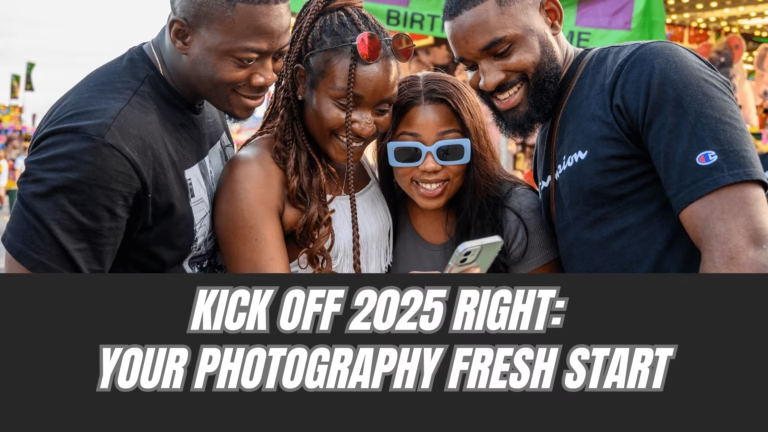As a Toronto based professional photographer, I’ve learned that the key to creating stunning, memorable images lies in meticulous photoshoot planning. Whether you’re capturing glamour, lifestyle, fitness, or fashion, the success of your shoot depends on the groundwork you lay before the camera even comes out of the bag. In this comprehensive guide, I’ll walk you through the essential steps of photoshoot planning, sharing insights from my years of experience in crafting unforgettable images.

Pre-Production: Laying the Groundwork
1. Concept and Theme Development
Effective photoshoot planning begins long before the camera starts clicking. Once a shoot is booked, the real creative work begins. While I already have the client’s general information at booking, this is the time to dive deeper into their vision and expectations, setting the stage for a successful photoshoot.
- Arrange a detailed consultation with the client or model to discuss and finalize the concept, theme, and mood of the shoot. This crucial step in photoshoot planning ensures that everyone is aligned on the creative direction more important is that it allows me to plan ahead for success.
- Create a shared Concept / Mood Board (Evernote) collecting reference images both from the client or by from idea mills like Pinterest and at times creating my own to ensure we’re on the same page visually. This visual brainstorming is key and an essential part of photoshoot planning, helping to refine ideas and inspire new concepts.
- Discuss any specific goals or intended use for the images (e.g., personal portfolio, social media content, or commercial use). Understanding the end use is vital for effective photoshoot planning, as it influences many subsequent decisions.

2. Location Scouting
Choosing the right location is a cornerstone of effective photoshoot planning. In many cases, the location is so significant that it becomes the foundation upon which all other elements of the shoot are built. Fortunate for me The Greater Toronto Area offers a diverse range of options that can dramatically influence your photoshoot planning:
- Urban settings: Graffiti Alley in Toronto offers vibrant, edgy backdrops perfect for fashion and lifestyle shoots. When planning a photoshoot here, consider how the colorful murals can complement or contrast with your subject’s styling.
- Natural landscapes: Caledon’s rivers and old farms provide rustic, picturesque settings ideal for lifestyle and glamour photography. In your photoshoot planning, think about how these elements can add depth and authenticity to your images.
- Waterfront locations: Toronto’s Lakeshore rock formations create dramatic scenes for fitness and fashion shoots. The interplay of water, sky, and stone offers unique opportunities in your photoshoot planning for creating dynamic compositions.
- Seasonal considerations: I often choose city locations like landscapes, waterfronts, and beaches for summer shoots, while fall calls for more rural settings to capture earth tones and fall foliage.
Remember to:
- Ensure accessibility and obtain any necessary permits, especially for private properties or popular public spaces.
- Have a backup location in mind in case of unexpected weather changes or other issues.
In my photoshoot planning process, I always emphasize the impact of location on every other aspect of the shoot.
In a series I shot in a Saskatoon junk yard, the location dictated everything from the model’s outfits to the poses and lighting setups.
We created striking contrasts by placing the model in lingerie and heels amidst stacked old tires, and used the expansive yard of junk as a unique setting backdrop to pull it off.

3. Team Assembly
A crucial aspect of photoshoot planning is assembling the right team. While I have a trusted core team adapt to me and my work style including a hair and makeup artist (HMUA), stylist, and assistant, sometimes scheduling conflicts arise. In these cases:
- Consider hiring additional professionals if needed, ensuring they align with your vision and work style. This flexibility in your photoshoot planning can help maintain the quality of your shoot even when your regular team is unavailable.
- If the client has preferences for certain team members, discuss this openly to find a solution that works for everyone. Clear communication during the photoshoot planning stage helps avoid misunderstandings on shoot day and beyond.
- Confirm availability and brief all team members, share details on the shoot concept and requirements. This step in your photoshoot planning ensures everyone is on the same page and prepared for the shoot.
Remember, your team plays a vital role in bringing your vision to life.
Each member should understand how their work contributes to the overall concept, especially in relation to the chosen location.

4. Equipment and Props
Preparation is key to a smooth shoot day. Effective photoshoot planning includes:
- Checking and preparing all camera equipment, lenses, and accessories.
This step is crucial for avoiding technical issues during the shoot. - Ensuring you have backup gear and plenty of batteries.
In photoshoot planning, always prepare for the unexpected. - Discussing any additional styling accessories or props needed with the client and stylist.
These elements can enhance the interaction between the subject and the location. - Considering renting or borrowing (i prefer this) special accessories or equipment for unique shoot requirements.
Sometimes, the perfect location might require specific prop or accessory item to capture it effectively.
5. Legal Considerations
While I like to keep things simple, it’s crucial to have the necessary paperwork in order:
- Prepare your model release forms/ digital prefered these days for the client or model to sign.
- If shooting on private property, obtain a location release form.
(This is an often overlooked but important part of photoshoot planning). - For more complex shoots or commercial work, consider using more detailed contracts.
(For insights on balancing legal protection with artistic freedom, check out my blog post on
The Artistic Clause in Photo Contracts)
6. Music and Atmosphere
One often overlooked aspect of shoot preparation is the atmosphere on set:
- Create a playlist that matches the mood of the shoot. Music can significantly impact the energy and flow of your photoshoot.
- Ensure you have a portable bluetooth speakers for on-location shoots. This small detail in your photoshoot planning can make a big difference in creating the right ambiance.
- Discuss music preferences with the client or model to ensure everyone feels comfortable and energized.

Shoot Day: Bringing the Vision to Life
1. Pre-Shoot Setup
Arriving early allows time for:
- Setting up equipment and testing lighting. This is where your thorough photoshoot planning pays off.
- Briefing the team on the day’s plan and shot list. A well-prepared team can work more efficiently and creatively.
- Allowing the HMUA and stylist to begin their work. Their contributions are crucial in ensuring the subject complements the chosen location.
2. Capturing the Magic
This is where my reputation for “insane vision and creativity” comes into play:
- Start with some warm-up shots to help the client or model feel comfortable. This can be especially important when working in unique or challenging locations.
- Experiment with various angles, lighting setups, and poses. Use the location to its full potential, finding unexpected ways to incorporate its elements into your shots.
- Capture a mix of wide shots, close-ups, and detail shots to provide variety. This approach ensures you’re making the most of both your subject and the location.
- Continuously communicate with the client and team to ensure we’re achieving the desired results. Effective communication is key to bringing your photoshoot planning to fruition.
3. Managing Time and Energy
Keeping everyone energized and on schedule is crucial:
- Plan for regular breaks, especially for outfit or location changes. This is an important aspect of photoshoot planning that’s often overlooked.
- Keep an eye on the time to ensure you capture all planned shots. Your shot list, prepared during the photoshoot planning stage, is invaluable here.
- Be flexible and ready to adapt the plan if certain shots are working particularly well or if challenges arise. Sometimes, the most memorable images come from unexpected moments.

Post-Shoot: Perfecting the Final Product
1. Image Selection
After the shoot:
- Review all images and select the best ones that align with the shoot’s concept and the client’s goals. This process should reflect the vision established during your initial photoshoot planning.
- Create a gallery or album for client tease or sample review, using a secure online platform.
This step allows the client to be involved in the final selection process and helps alleviate any post-session anxiety. By providing a preview or ongoing working gallery, clients get a sneak peek of their images, building excitement and reassuring them about the quality of the shoot. This approach not only keeps clients engaged but also helps manage their expectations and reduces any nervousness about the final results.
2. Editing and Retouching
This is where the images truly come to life:
- Apply color correction and basic edits to all selected images. Ensure that the edits enhance the mood and atmosphere you aimed for in your photoshoot planning.
- For images requiring more detailed work, use advanced retouching techniques to perfect skin, enhance features, and ensure the overall mood matches the concept. Remember, the goal is to enhance, not to alter the essence of the image.
- Maintain consistency in style and quality across the entire set. This consistency should reflect the cohesive vision you developed during your photoshoot planning.
3. Delivery and Follow-Up
The final step in the process:
- Deliver the final images to the client in their preferred format (digital files, prints, or both). Ensure that the delivery method was discussed during your initial photoshoot planning.
- Provide guidance on image usage, especially if the shoot was for commercial purposes. This ties back to the goals discussed in your initial client consultation.
- Request feedback and testimonials to continually improve your service. This feedback can inform your photoshoot planning process for future projects.

Conclusion: The Art of the Perfect Shoot
Mastering the photoshoot planning process is an ongoing journey of creativity, technical skill, and interpersonal finesse. From the beaches of Toronto to the rustic farms of Caledon, each location and client brings new challenges and opportunities to create stunning imagery.
Remember, the key to a successful shoot lies not just in the technical details, but in the ability to bring out the best in your subjects, adapt to unexpected situations, and consistently deliver breathtaking results. It’s this combination of skills that keeps clients coming back and willing to travel across the country for a shoot.
Effective photoshoot planning is about more than just logistics – it’s about creating an environment where creativity can flourish, where your vision can come to life, and where your clients can feel comfortable and confident. By mastering this process, you set the stage for creating images that don’t just meet expectations, but exceed them in ways your clients might never have imagined.
For more insights into the world of professional photography, check out my other blog posts:
- Glamour Photography: Tips and Techniques
- Mastering Collaboration in Photography
- The Creative’s Perspective on Photoshoots








